Volkswagen Group cars with the ability to self-drive and self-park will be on the market within five years, according to engineers at VW’s Electric Research Laboratory (ERL) in Silicon Valley.
The ERL is tasked with being inspired by integrating the latest electronic innovation to emerge from Silicon Valley, home to the likes of Apple, Google and Facebook, into VW Group products, making sure it is up with and ahead of trends.
The autonomous technology is a large part of its development, but many other projects are ongoing, including cars that learn their environment, bespoke smartphone apps, and innovative new safety and security features, some of which are detailed below.
Traffic Jam Pilot – a first step to autonomous driving
The Traffic Jam Pilot system has been previewed in an Audi A7 concept car and is tipped to go into production in the next-gen Audi A8 in 2016. Traffic Jam Pilot takes complete control of the car at speeds of up to 40mph in traffic.
VW has so-far undertaken tens of thousands of miles of testing autonomous technology – or piloted as VW now calls it, in reference to an auto-pilot system on aircraft – on US roads.
Autonomous technology is made up of laser sensors, laser scanners, stereo cameras and ultrasonic cameras, largely existing technology adapted for new functions. The ERL’s head of driver assistance systems Jörg Schlinkheider said the technology VW is developing is scalable, with the view of fitting it to everything from an entry-level VW Golf to a range-topping Audi A8.
Beyond the sensors and cameras, Schlinkheider said it was necessary for the car to have HD maps that can tell the car what’s around the corner if it can’t see and adapt according, and also complex algorithms for dealing with the control inputs and scenarios such as overtaking. All this info will feed into a ‘decider’ system, an ECU the size of an iPad.
Autonomous parking
An autonomous parking function is also likely to appear around 2016, the tech allowing the driver to get out of the car and park their car using their smartphone once a suitable space has been found. It can even squeeze into tight spaces with a tolerance of just 20cm each side. VW says the smartphone operation is important as it allows the manoeuvre to be instantly aborted if danger is detected.
Steering-wheel mounted touchpads
At an early stage of development, these touchpads are mounted on either side of the steering wheel and are designed to allow the driver to input commands using their thumbs. Much of the research centres on the global potential; while input is simple enough with an English or Western European alphabet, it becomes much trickier with scripts commonplace elsewhere in the world.
Connected cars
VW is hopeful that there will be some sort of car-to-car connectivity to emerge within the next five years, allowing cars to talk to one another about a whole host of functions – such as traffic and other road conditions – to improve traffic flow and safety.
3D printing
The 3D printing technology VW uses at the ERL is important as it allows new products to be proved quicker and developed faster. Prototypes can be made in a matter of hours rather than weeks, and allows for faster development between iterations and, ultimately, a quicker route to production.
iBeetle app
The iBeetle app is already available to allow full iPhone integration into the VW Beetle, but does demonstrate the kind of work the ERL undertakes. The app docks into the car and allows functions such as the ability for tweets and Facebook posts to be read on the move, pictures to be taken and uploaded directly to Facebook, and the ability to record driving logs and data – such as the amount of time spent driving with the roof down – and uploaded to social media.
Photo Souvenir
This advanced piece of technology is designed to show that a car is capable of machine learning. Four GoPro cameras are mounted to each corner of the car and take pictures every five seconds of a journey. Over a two hour journey, around 6000 pictures have been taken, creating 32GB of data, far too much to trawl through to pick the most picturesque shots along the route.
The car is however able to pre-select the best pictures, and give you a small selection of pictures to upload to social media. In the first instance, it needs a small amount of guidance on what pictures you like and would select from a large sample, but is then able to see what you choose and pick equivalent pictures accordingly.
This technology is not so much about the fact you can take pictures of your summer driving holiday route, but more about the fact the car can learn what you like and your interests, and adapt accordingly.
Smart Accessories
Accessories such as surfboards and bikes are linked to the car through the cloud. If they were to be stolen, you’d be informed on your smartphone or smartwatch. The ultimate goal would be for increased amounts of connectivity between all sorts of products, so when the stolen product resurfaces, it would be able to connect with a local piece of smart technology and state that it is stolen.
Get the latest car news, reviews and galleries from Autocar direct to your inbox every week. Enter your email address below:

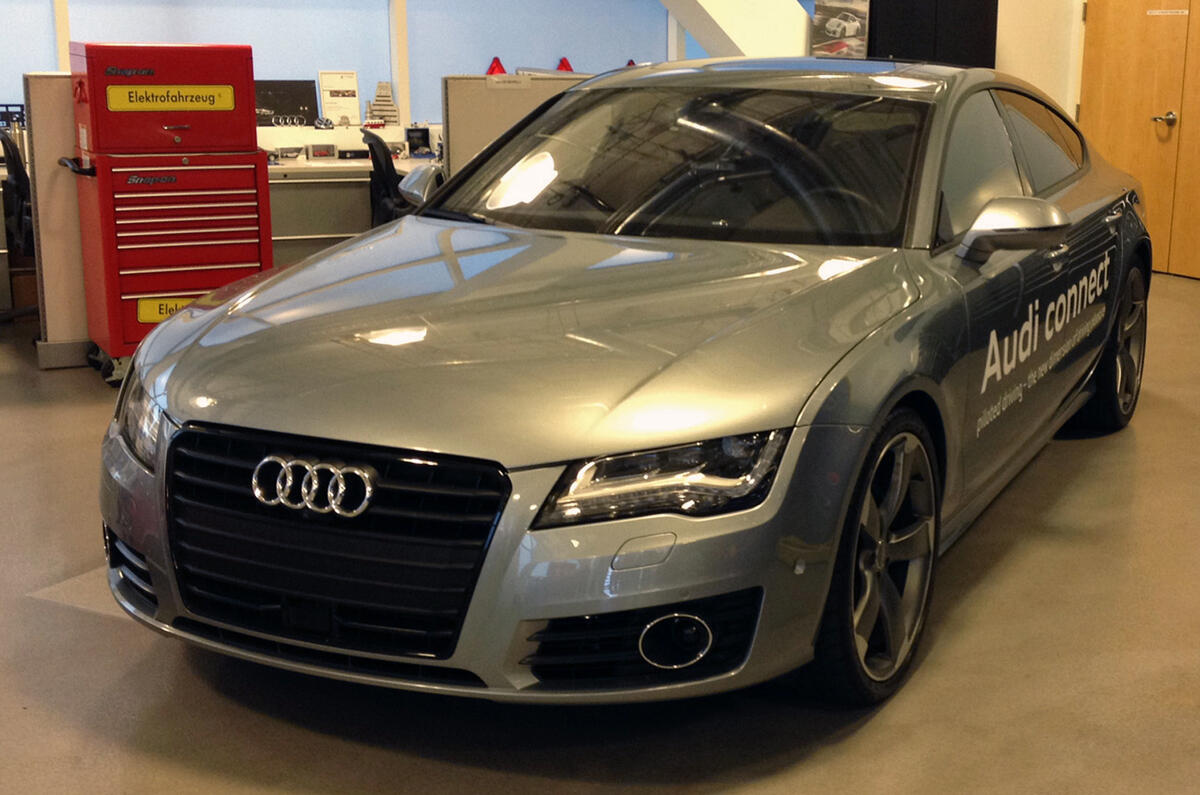
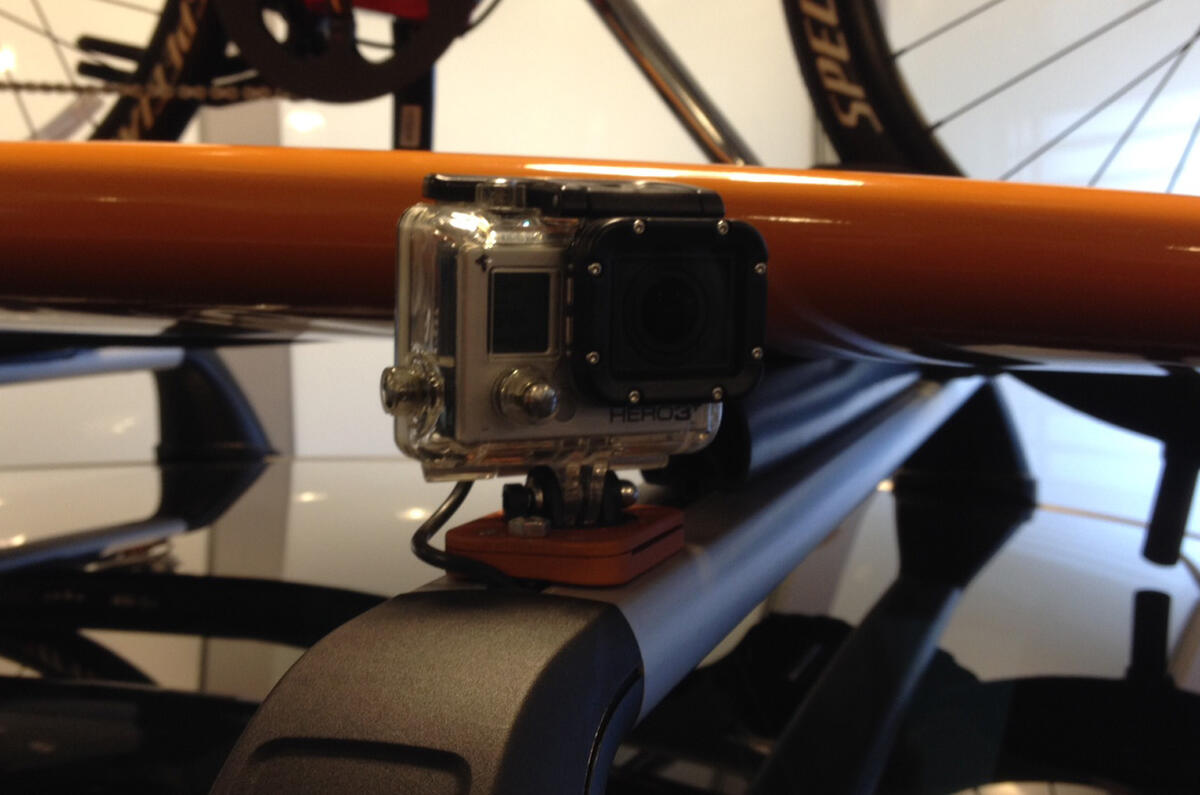
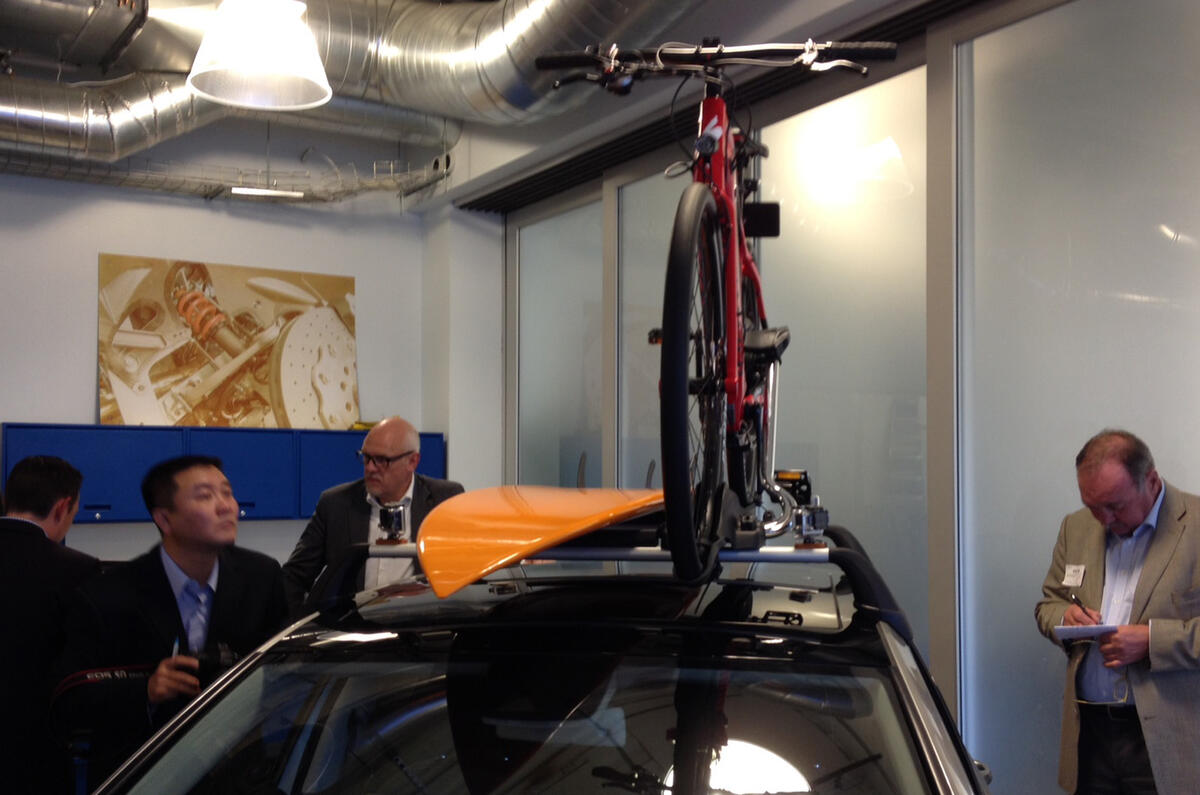
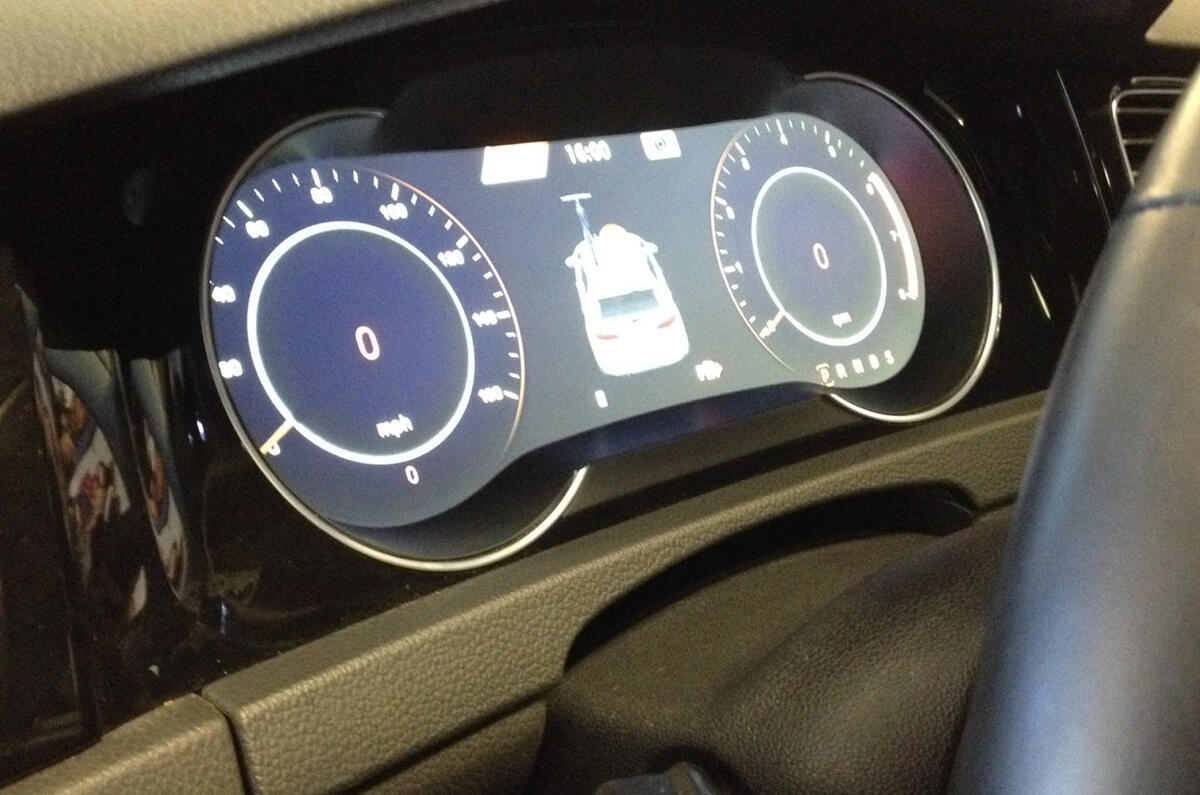
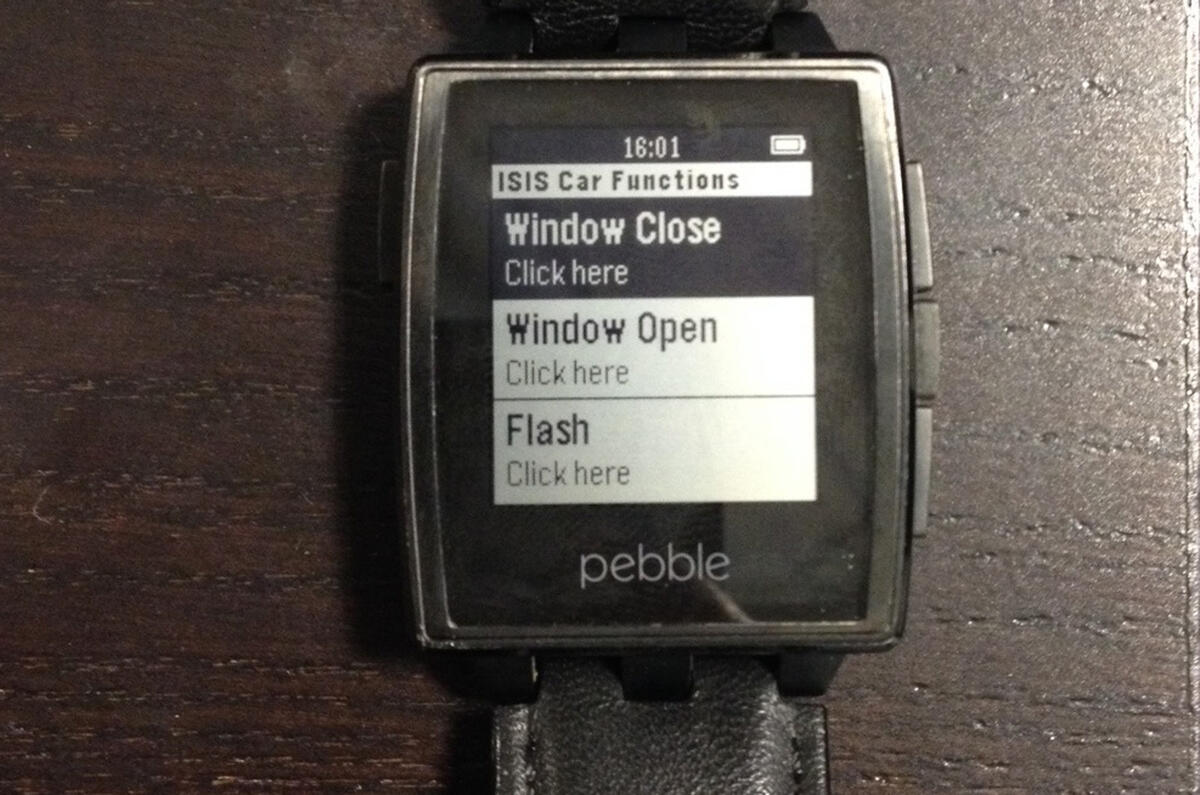
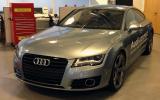
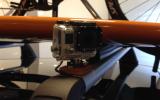
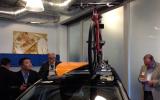
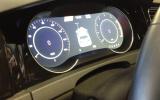







Add your comment
Useless giimicks
Why Buy
The next step should be urban pods connecting with intercity tracks.
future junk